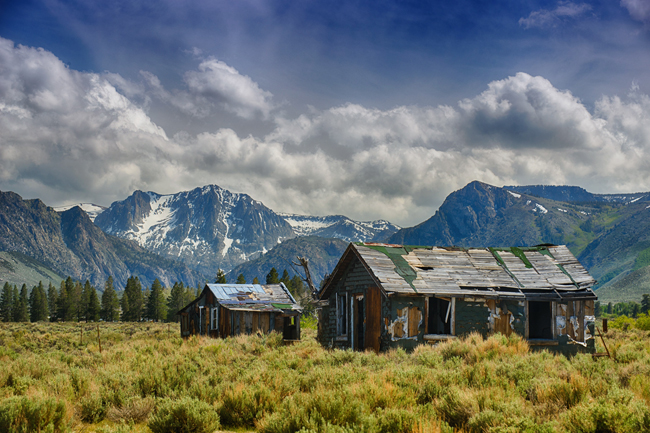My first experience in this wonderfully serene place was with a friend and previous attendee of last years Fall Yosemite workshop, Todd Reed. He asked me out of the blue if I would be interested in going to Bryce Canyon. Well I ended up going this last weekend and WOW the inspiration one gets from this place is off the charts. There is so much to see that you have to force yourself to slow down and experience this ever-changing drama unfolding before your eyes. Walking the rim at dawn creates an ever shifting perspective and seeing your compositions change with every step. The morning sun cast slowly changing hues and shadows that demanded my full attention. For me I saw the light as the driving inspiration. At times reflecting off the fin walls lighting the hoodoos with a soft light and also wonderful textures created from side and back lighting. Shooting from the rim I found that I kept my 70-200 mm lens on the whole morning just isolating subjects that caught my attention.
Bryce has great dark skies for new moon night time photography. Todd and I scouted for a location that had an interesting foreground and at the same time could shoot looking southeast revealing the Milky Way in the background sky. The Rainbow Arch made for our best choice. We arrived at the location around 1:00 am, there were a few clouds that threatened to postpone our efforts but cleared enough to reveal the stars. I brought along my LED light panels with warming gels and also had a Ultrastinger flashlight ready to do some light painting. My exposure was ISO 3200 for 20 sec. at F2.8 so you don’t have much depth of field at a 2.8 aperture. I have found it difficult in the past to get an accurate focus in the dark so that afternoon I found the focus for infinity on my 17mm lens and taped it down with some gaffers tape. We were out there by ourselves, not another soul for miles, unlike my experience several weeks ago where there were 120 photographers lined up at the base of Yosemite Falls shooting the moon bow at night.
I hope you enjoy a few of the images I made from this amazing trip. And Todd, Thanks again for asking me to go.
































